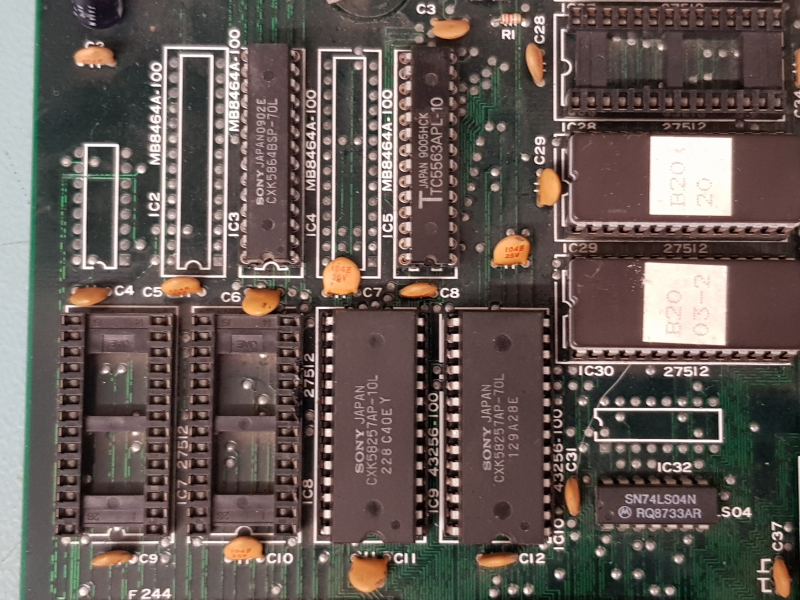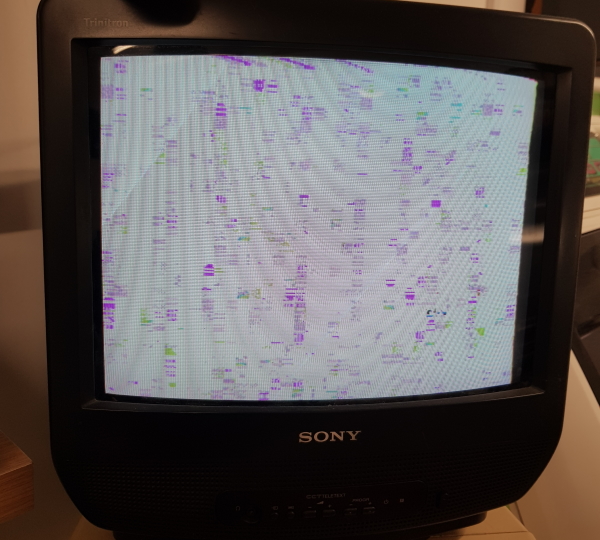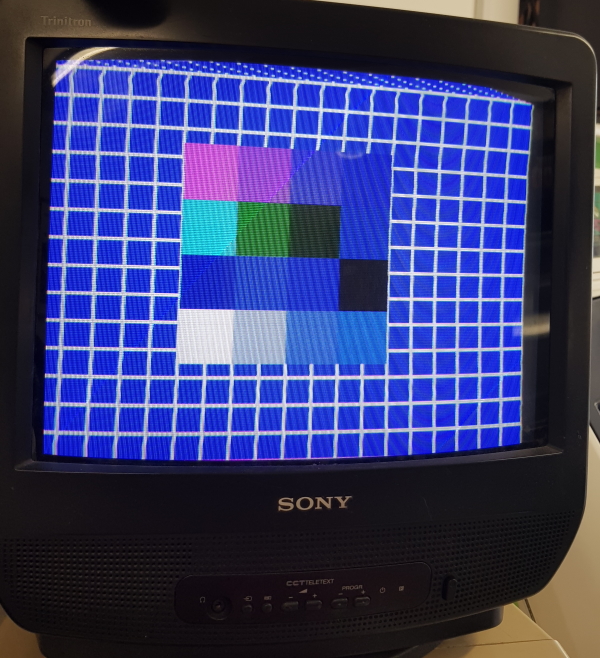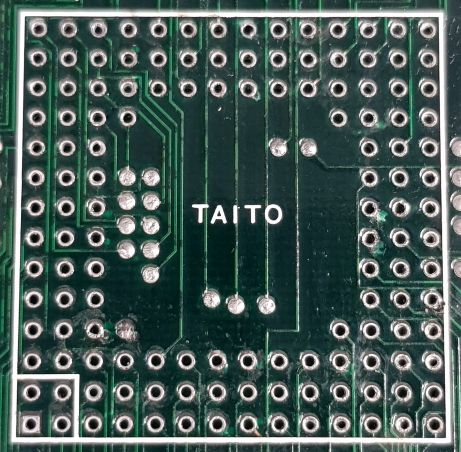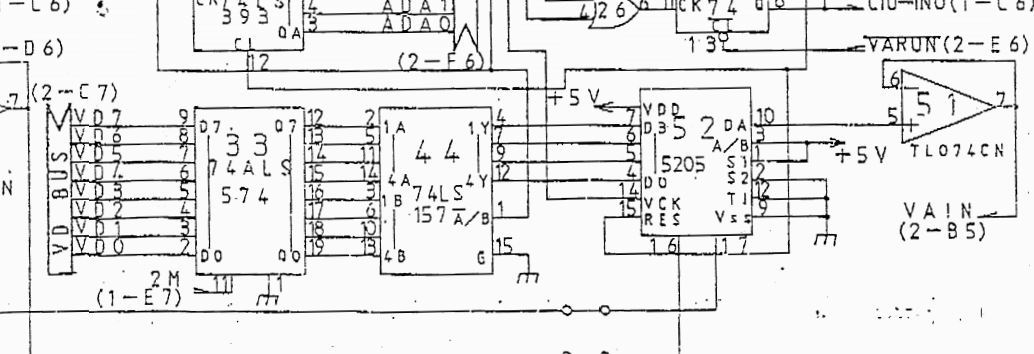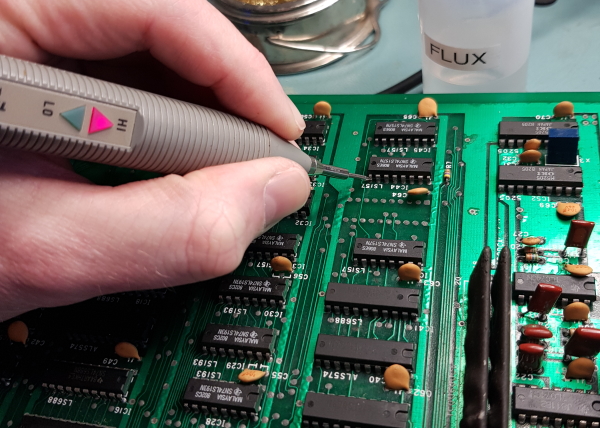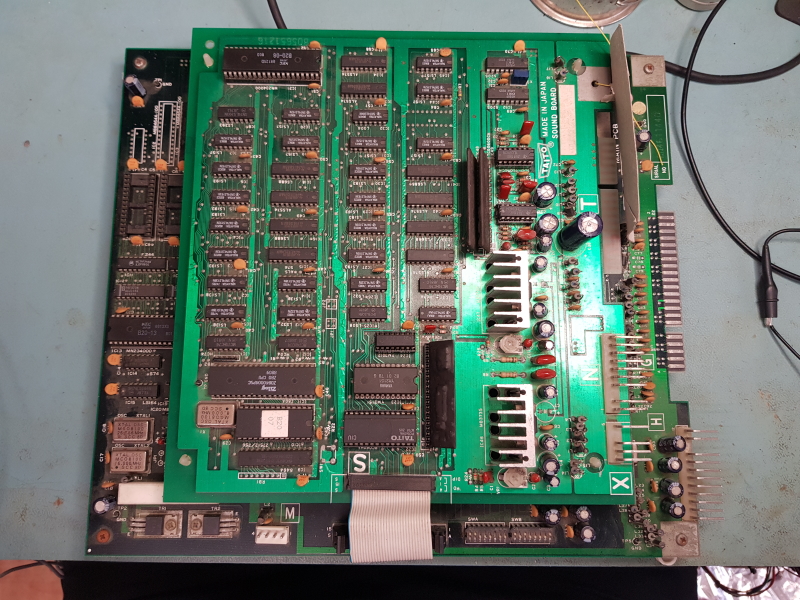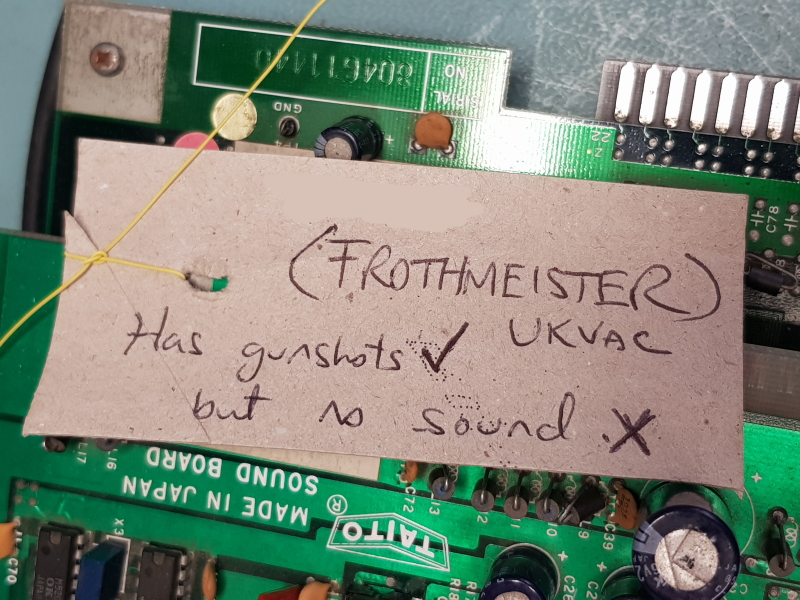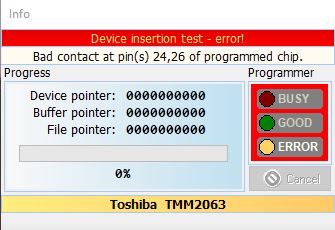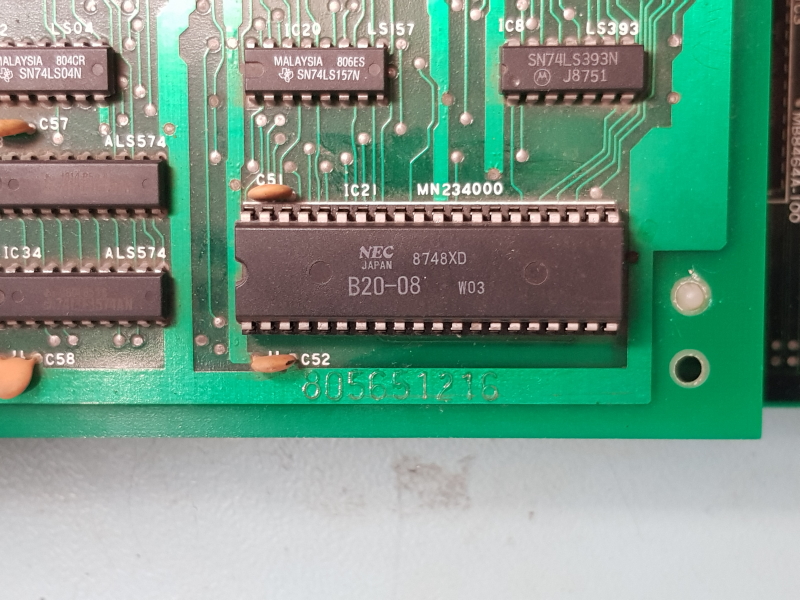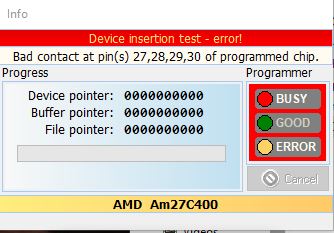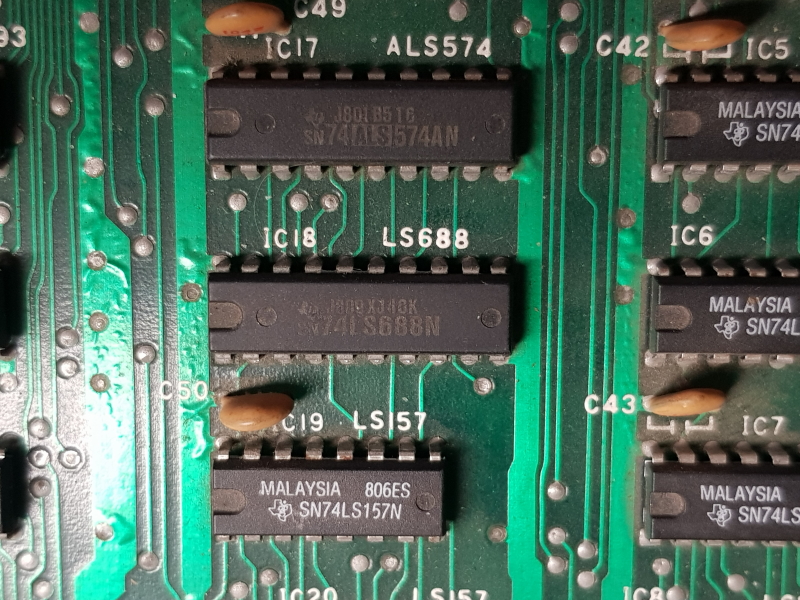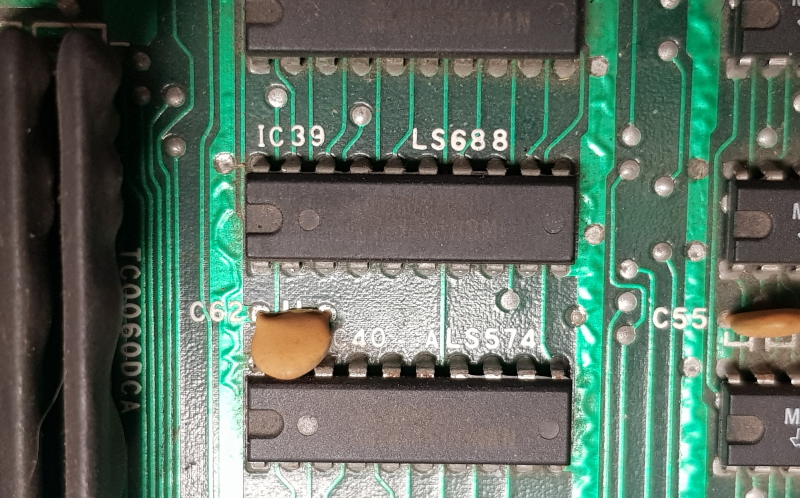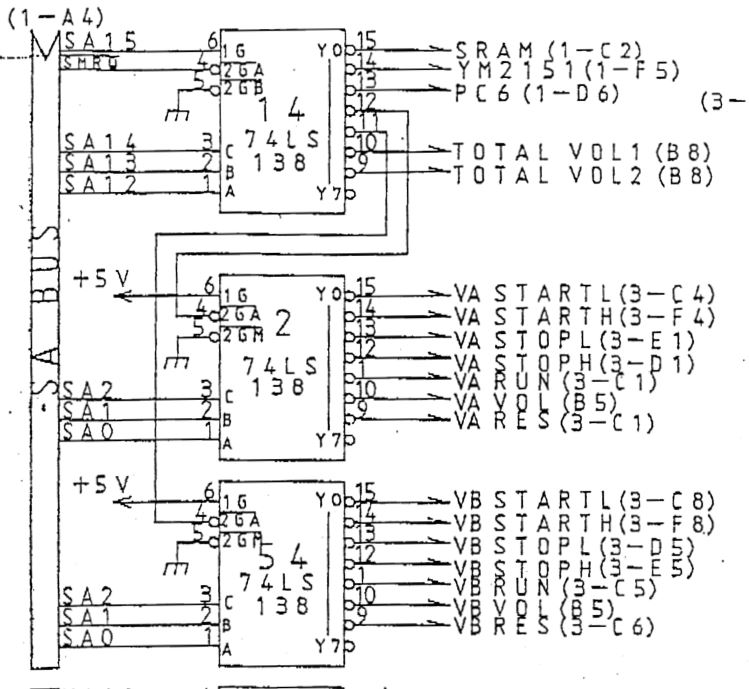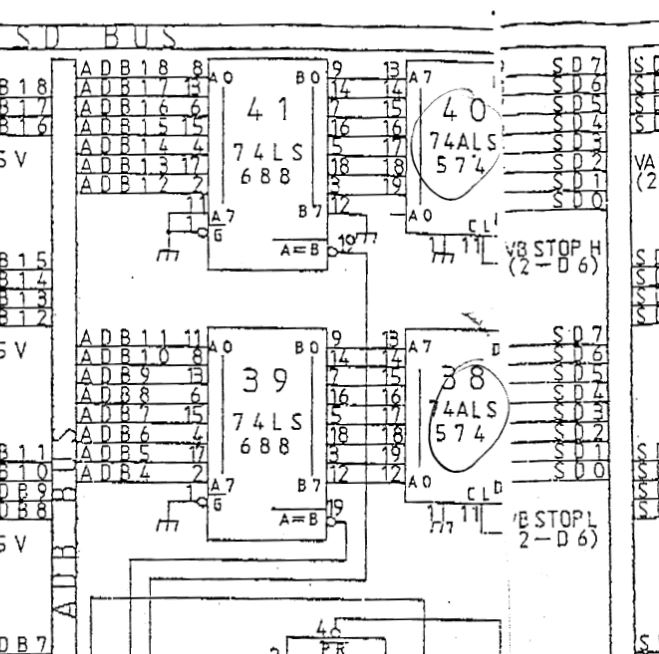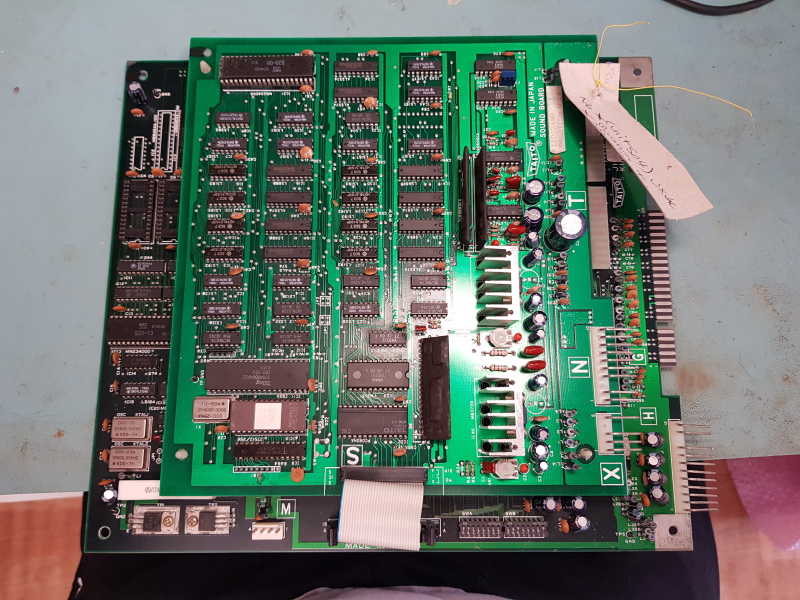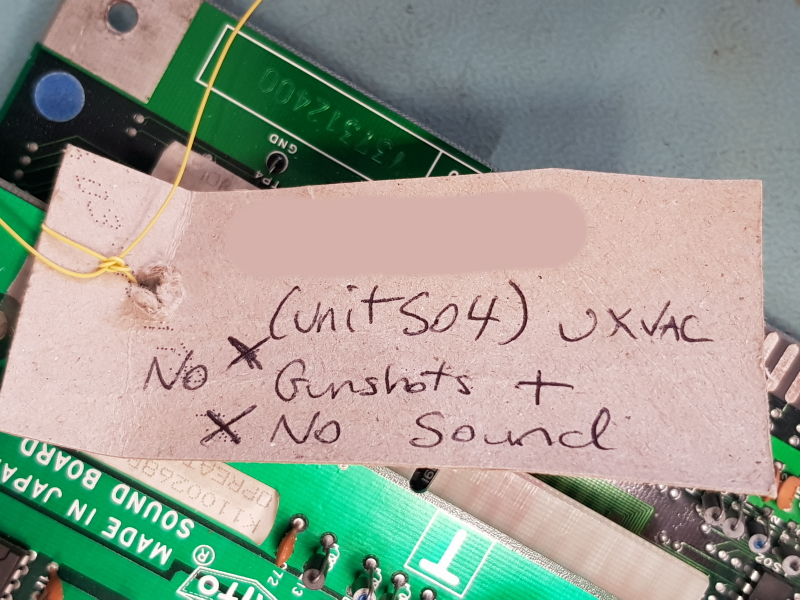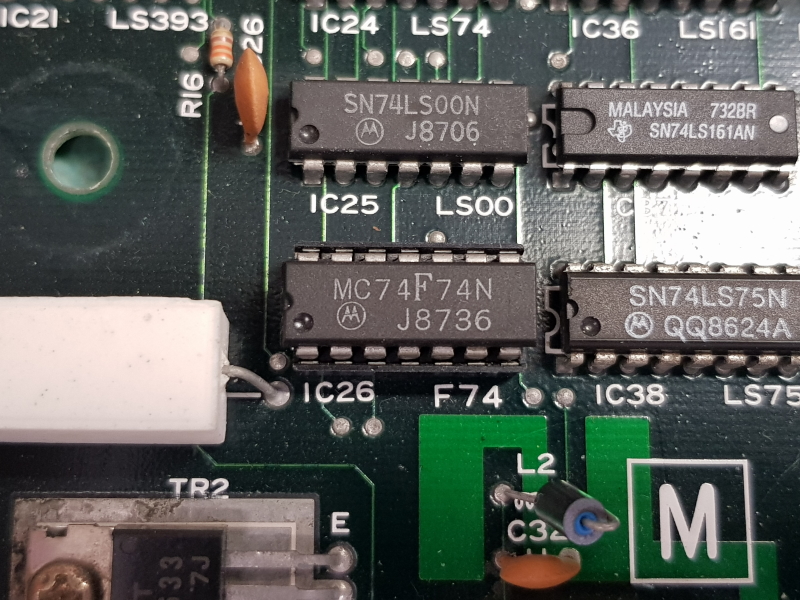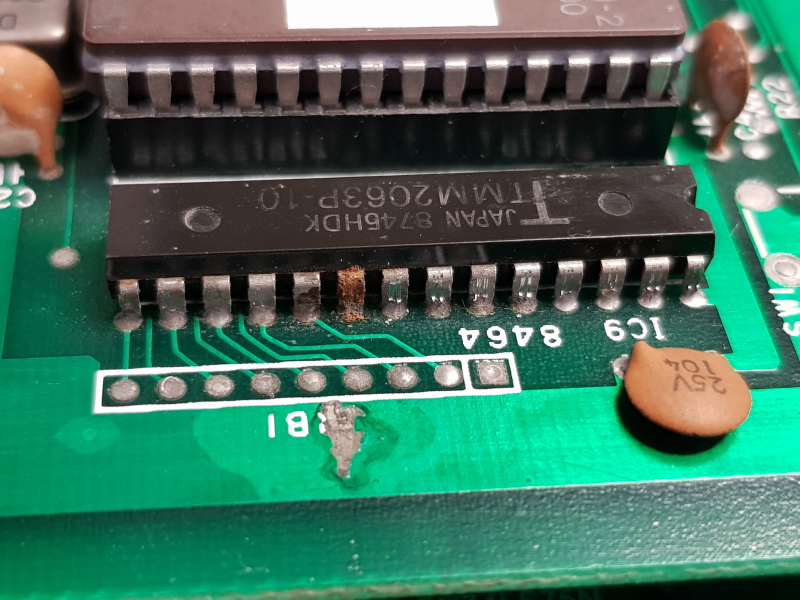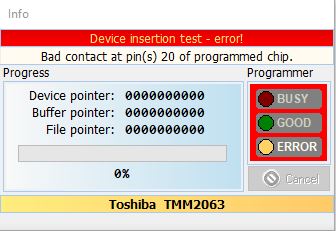Over the last few months I’ve had tons of messages from readers of this blog asking about the lack of updates and all sorts of nice words so I think its time to address this officially here.
My interest in arcade repairs has pretty much dwindled down to nothing over the last 12 months or so and I have found myself finding a love for other hobbies which I am throwing myself into and loving them more and more.
That doesn’t really leave me with much free time for repairs and it certainly doesn’t leave me with any time to write up a detailed blog post about it either.
Right now, my official status on this is I wont be doing anymore repairs logs.
With that said I do put a lot of time and effort into dealing with PAL’s and will still be maintaining the WIKI and the blog will still stay with that too.
If the time comes that I wont be continuing with the site then it will either all be handed over to someone else that is willing to keep the information going or it will be saved and made available via other methods. I’m not going to let the last 10 years of work from myself and other contributors disappear.
Any of the other contributors can still post here if they wish and if anyone else wants to contribute then I will create an account for them too
I hope that puts a few minds at ease

